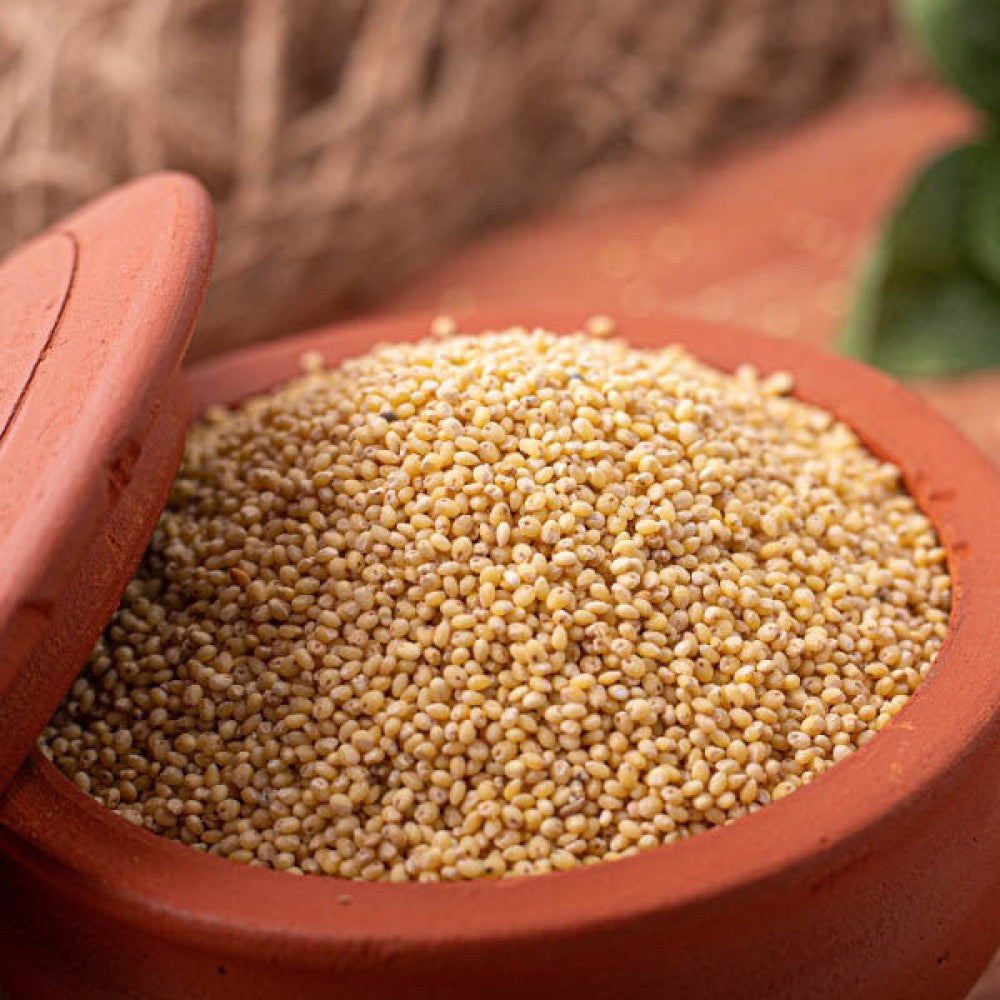Are Millets Really Better Than Rice? Uncover the Nutritional Truth

Are Millets Really Better Than Rice? Here's the Truth
Introduction
In the quest for healthier dietary choices, the debate between millets and rice has gained prominence. While rice has been a staple in many cultures for centuries, millets are making a comeback due to their impressive nutritional profile. This article delves into the differences between these grains to help you make informed dietary decisions.
Understanding Millets and Rice
What Are Millets?
Millets are a group of small-seeded grasses cultivated for food. They are drought-resistant and thrive in arid regions, making them a sustainable crop choice. Common types include:
What Is Rice?
Rice is a cereal grain that comes in various forms:
- White Rice: Polished and refined, removing most nutrients.
- Brown Rice: Whole grain with bran and germ intact, retaining more nutrients.
- Red and Black Rice: Rich in antioxidants and fiber.
Nutritional Comparison
| Nutrient | Millets (per 100g) | White Rice (per 100g) |
|---|---|---|
| Calories | 378 kcal | 130 kcal |
| Protein | 11g | 2.7g |
| Carbohydrates | 73g | 28g |
| Dietary Fiber | 8.5g | 0.4g |
| Fat | 4g | 0.3g |
| Iron | 3mg | 0.2mg |
| Magnesium | 114mg | 12mg |
| Glycemic Index | 54 | 73 |
HealthBenefits
Millets
- Blood Sugar Control: Lower glycemic index helps in managing diabetes.
- Heart Health: High fiber and magnesium content support cardiovascular health.
- Digestive Health: Rich in fiber, aiding digestion and preventing constipation.
- Weight Management: High satiety value helps in controlling appetite.
Rice
- Energy Source: Easily digestible carbohydrates provide quick energy.
- Gluten-Free: Suitable for individuals with gluten intolerance.
- Versatility: Can be included in various dishes across cuisines.
Environmental Impact
- Millets: Require less water and are more resilient to climate change, making them environmentally friendly.
- Rice: High water consumption and methane emissions during cultivation contribute to environmental concerns.
Culinary Uses
- Millets: Can be used in porridges, rotis, salads, and baked goods.
- Rice: Commonly used in dishes like biryani, risotto, sushi, and desserts.
Conclusion
While both millets and rice have their place in a balanced diet, millets offer superior nutritional benefits and are more sustainable. Incorporating a variety of grains, including millets, can lead to better health outcomes and environmental benefits.
FAQs
Q: Can I replace rice with millets in my daily diet?
A: Yes, millets can be a nutritious alternative to rice. Start by substituting millets in one meal per day and gradually increase as per your preference.
Q: Are millets suitable for children?
A: Absolutely. Millets are rich in essential nutrients and can be included in children's diets in the form of porridge, pancakes, or baked goods.
Q: How do I cook millets?
A: Rinse millets thoroughly, soak for a few hours, and cook with a water-to-millet ratio of 2:1 until soft.

